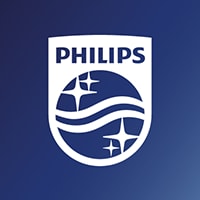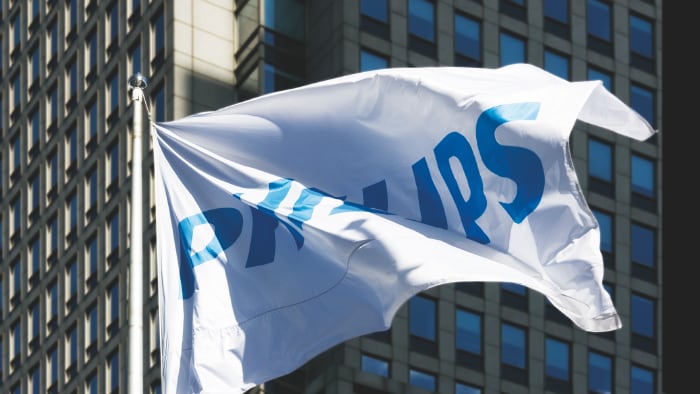Tobin Taylor-Bhatia – the journey to R&D leadership
Jun 14, 2025 | 2 minute read
At Philips, innovation has always been about finding new ways to improve more lives. Its 134-year history of innovation, starting with light bulbs in 1891, and progressing to radios, TVs, and X-ray technology, has helped transform it into a leading healthcare technology company today.

Design and innovation sit at the core of Philips, anchored by its talented Research and Development (R&D) teams. It’s here, at the high-tech campus in Bothell, Washington, that Ultrasound technology has been introducing impactful solutions for over 30 years, positively impacting the lives of millions of patients around the world.
Leading a team of almost 800 talented innovators, Tobin Taylor-Bhatia, R&D leader, Ultrasound, shares her inspirational career journey, and the specialized work her teams are driving to deliver better care for more people.
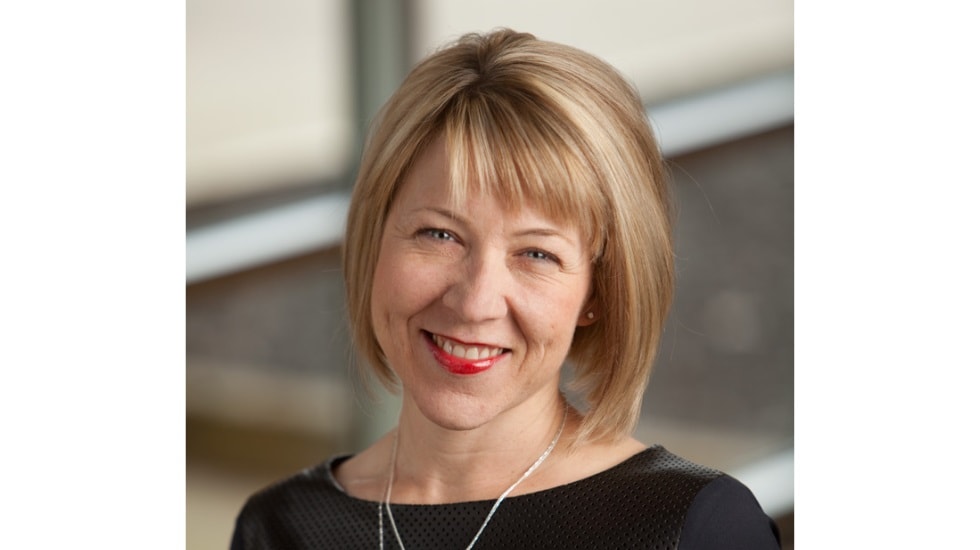
Where did your passion for innovation start and how did this inspire your chosen career path?
When I was in secondary school, I enjoyed the challenge of math and science, but because of the time period, community, and part of the country I was raised in, the intersection of what became STEM was directed towards teaching, not STEM careers. But then I came across computer science and had a teacher that really encouraged me to explore this further. My father was a civil engineer, but most female adults with whom I interacted weren’t actively involved in STEM directly, more in supporting others who were. I’d never really thought to follow in his footsteps with a technical career – until my eyes had been opened in this space and what I could do.
From there, I went on to get my engineering degree. While I was studying, I felt a real pull to investigate something outside of the theoretical and technical study – so I completed a minor in cultural anthropology. After graduating, I knew I wanted to find something that was both technical and people focused, and I’ve been lucky enough to find my calling and utilize these combined skills throughout my entire career.
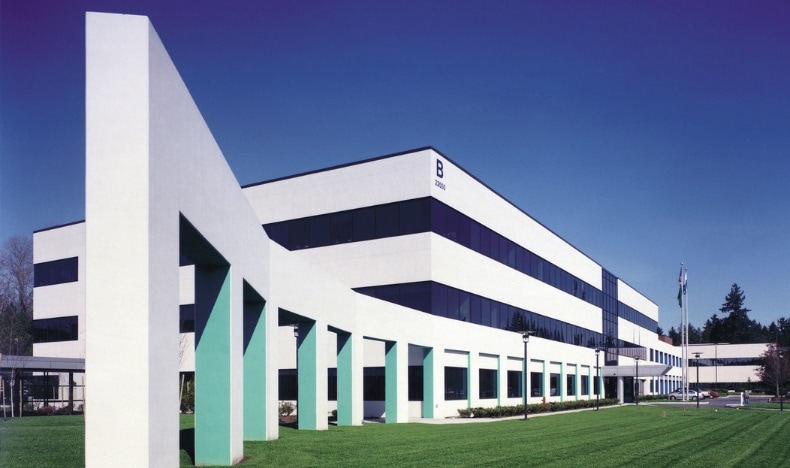
What drew you to Philips, have you always been passionate about healthcare innovation?
Originally, I started out in telecommunications. When I started my career, this was where I wanted to be. We were seeing huge changes in digital and wireless communication, and it was disruptive and fast paced from an innovation perspective. There were some huge players here too – Motorola, Nokia, Ericsson – and with this, many opportunities and interactions. I had a friend that worked at Advanced Technology Laboratories (ATL), which was acquired by Philips in 1998. He was telling me about the work he was doing in ultrasound development. He spoke so passionately about the impact that this medical imaging technology was having on people of all ages, improving lives and having real outcomes on society.
It was this moment that made me really think again – did I want to keep evolving mobile devices, or could I use my skills to help develop life transforming health technology? I decided to investigate roles at Philips to see where I could make a difference in a much more care and people-driven industry. I went for an interview and from the moment I walked through the door, you could feel the passion from the teams working here. I knew it was where I was meant to be. I was offered the job of Software Group Leader in the Ultrasound Business, and I’m still here 22 years later – and just as passionate as when I first started.
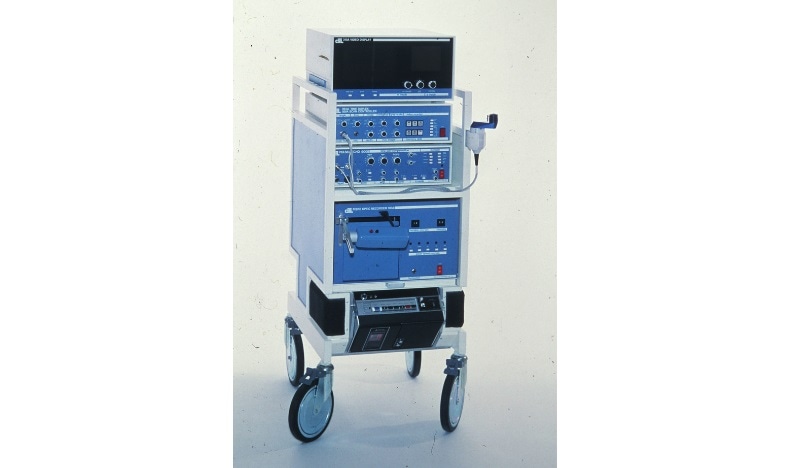
What is it about R&D specifically that really drives you to make a difference to others?
I’m passionate about making a difference and knowing the impact our work in ultrasound has on millions of lives every year. It’s the ability to make a demonstratable difference in our roles, both to clinicians and patients.
I’ve experienced it firsthand, too when my sister had a cardiac issue. We were in the hospital and the cardiologist rolled in a Philips ultrasound system. I knew some of the smartest people in the world had worked on that solution and that whatever the issue was, we’d see it and she would have the best outcome. This solidified my purpose and made me want to continue leading a team that could innovate with incredible impact.
What opportunities has working in such a large technology business offered you and how has this influenced your career journey?
Philips has an incredible ecosystem, one that provides an anchor and gives you wings to grow and learn. You can move between functions, and we have 18 business units ranging from personal healthcare to the different modalities within medical technology. These are not just technically focussed, each has their own department in sales, marketing, communications and digital.
Over the years, I’ve been able to work across the different functions, building new capabilities to better understand how we get closer to markets and customers. For example, within Ultrasound, I have held leadership roles within R&D, but also as our Global Customer Services Leader. Additionally, I was able to lead in a different Business Unit, as the Innovation Leader for Image Guided Therapy, allowing me to leverage my R&D experience and knowledge of the Cardiology clinical segment, but also learn a new clinical setting in intervention. That outside-in view has been invaluable.
It’s these opportunities that create more space to innovate and experience differing business perspectives that really enable personal growth. For me, R&D has always been the place to be – particularly in ultrasound where I’ve been lucky enough to carve out a career that has taken me all the way to senior leader level. It’s the skills I’ve honed right through from my education, training and the experience I’ve gained here. For me, the heart of innovation is in the R&D discipline – it’s where all the ideas and inspiration sit. We have incredible talent and a pioneering spirit here in Bothell and we use this to reach more patients and lives.
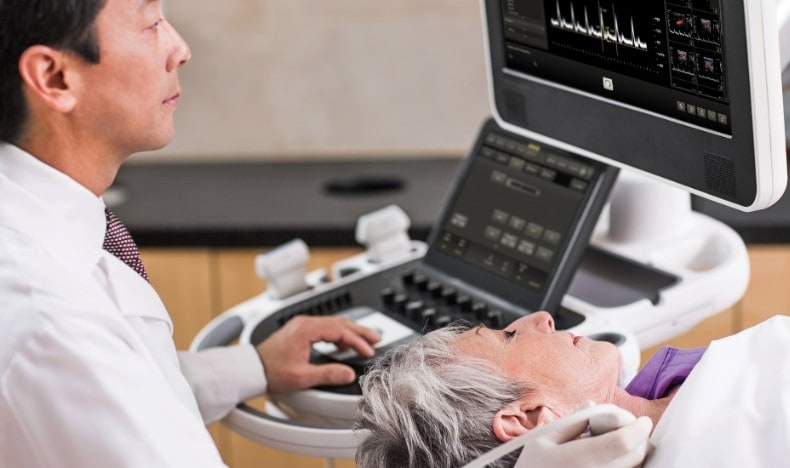
As a senior leader, what has been most inspirational to you over the years and is there one career defining moment that really stands out for you?
The day I became R&D leader will always be a standout moment for me. Aside to that, there is one special project I led that built up to a new ultrasound product launch. As a team, we work across 10 sites and each has a different focus – this means that collectively, we are innovating across medical specialties and business areas.
But this product – our EPIQ platform – spanned two different sets of clinical needs. This was the first time we were collaborating, bringing together two amazing teams and businesses, General Imaging (GI) and Cardiovascular (CV), to develop common assets for a single platform. Not only did I get to innovate technically, but I got to bring organizations and microcultures together to find a way to work as one. It was amazing to see this in action, and we delivered an exceptional product that is still a leader in the market today. I was incredibly proud to have been able to lead this; see the potential and how powerful we can be together.
What helps you stay creative and calm in such a fast-paced role?
Here in Seattle, we have such incredible surroundings, and I find it a pleasure to be outside in nature and completely unconnected from technology. It grounds and re-energizes me – in the winter, you’ll find me skiing and, in the summer, I like to head out for a nice long hike. I also really enjoy mentoring, and I do this in our local high schools. It’s incredibly important to bring the younger generation into R&D as the more diverse our workforce is, the more impact we can make on wider population health.
I find it really rewarding to help others and encourage them to look at taking the opportunities that I’ve been afforded so they have the guidance needed to get them into a fulfilling career. I also actively support our staff networks and resource groups, sharing my learnings and experience with others and helping to make a difference to colleagues wherever I can.
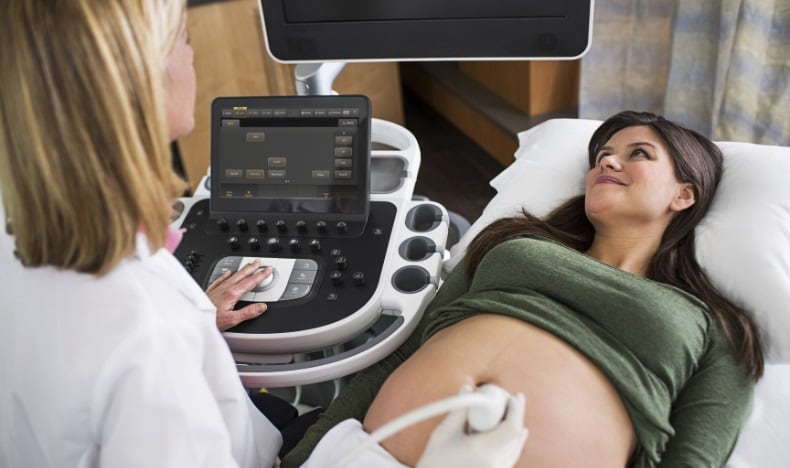
Why would you encourage others to consider starting or progressing a career in R&D, and what is it that keeps you so engaged at Philips?
Ultrasound continues to be one of the most versatile and accessible forms of diagnostic imaging and, with the advancements we’re working on with Artificial Intelligence (AI), makes it an exciting time to be innovating in this space. These advancements are not only helping to elevate image quality but features such as workflow and quantification automation are making exams faster and helping to reduce variability. By leveraging AI, these new technologies can help healthcare professionals make more accurate diagnoses, streamline workflows, and ultimately, improve patient outcomes.
This breakthrough work really is career defining for everyone, and that’s why Philips offers such a great platform for anyone wanting to start or progress their career in R&D. If you want to grow and expand your experience into a different field of work, you can. It’s the culture and impact of our work that keeps me here. It’s incredibly rewarding, and you can’t beat that feeling.
I’m still learning in my role here too, mainly from other leaders and how good they are. Aside from their technical capabilities, I see how they have particular skills – and how they use them – to excite and inspire others. I like to try new things I observe with my teams as everyone here is bringing something to the table. My job, as their leader, is to continuously be doing more to help others express their talent to their greatest ability.
My advice to anyone looking to take the next step in their career would be to always be bolder than you think you can be and don’t ever be afraid to ask for what you need.
